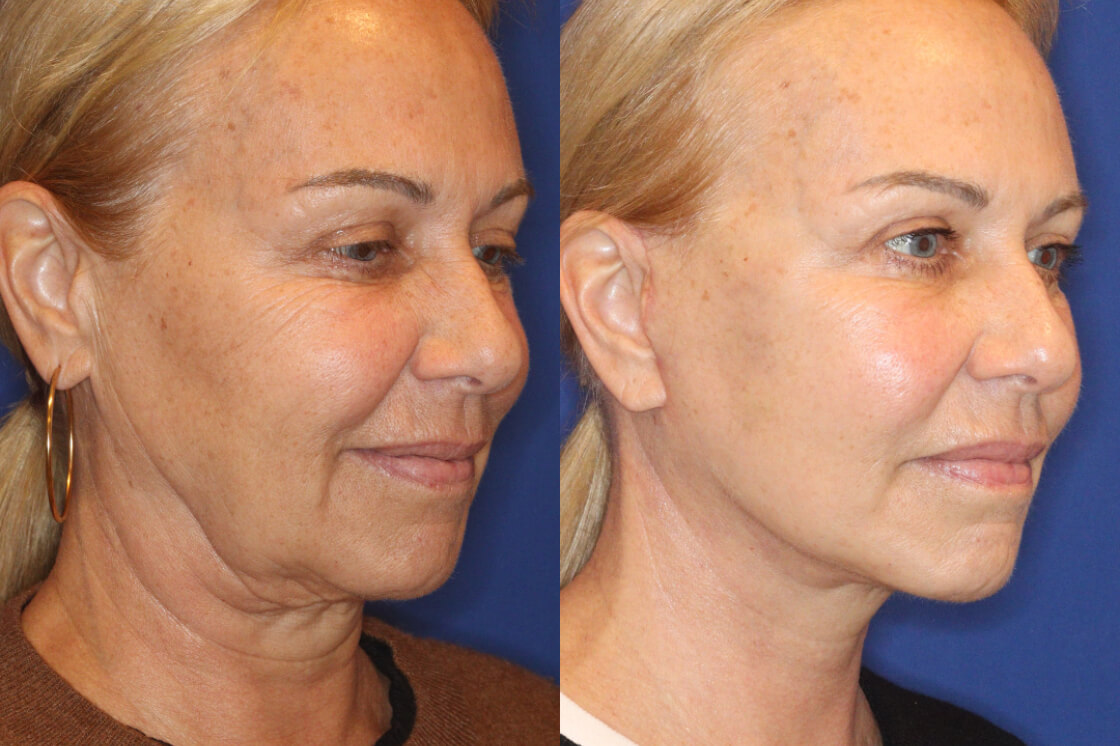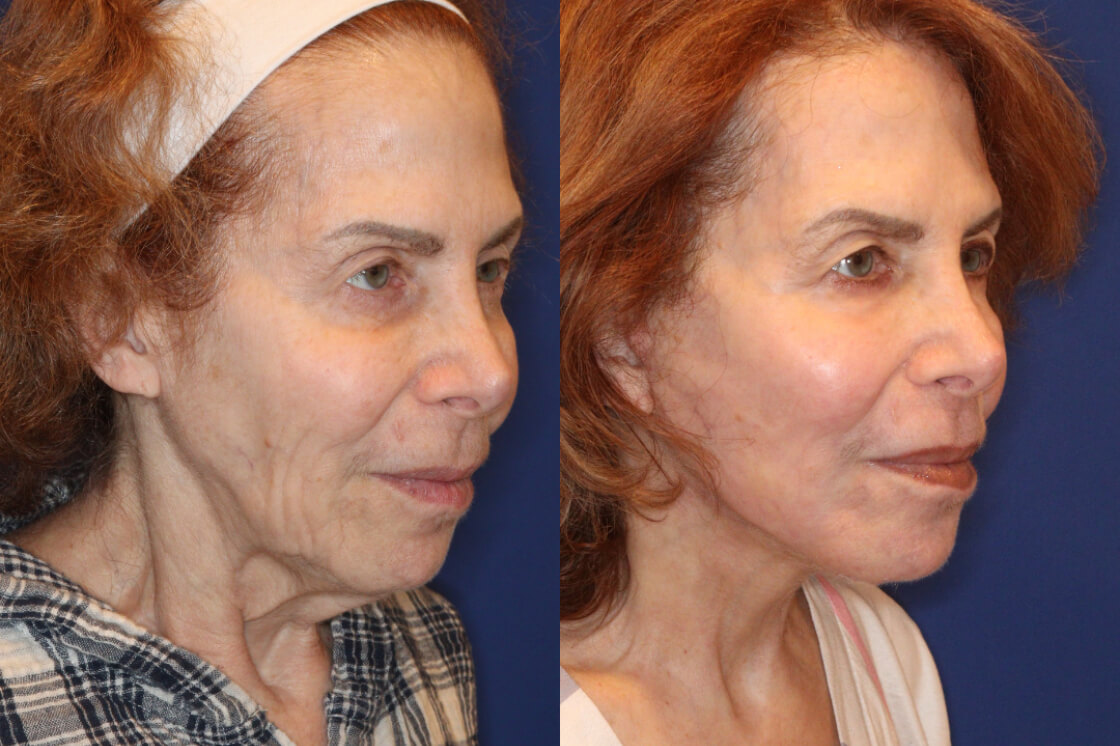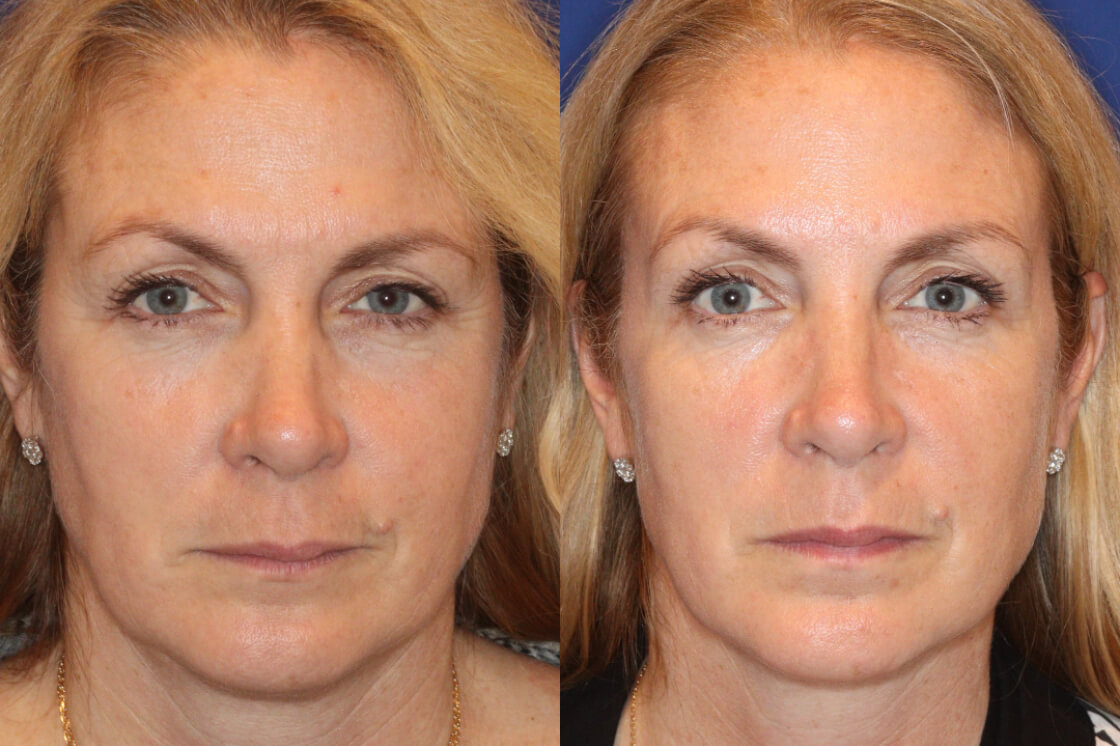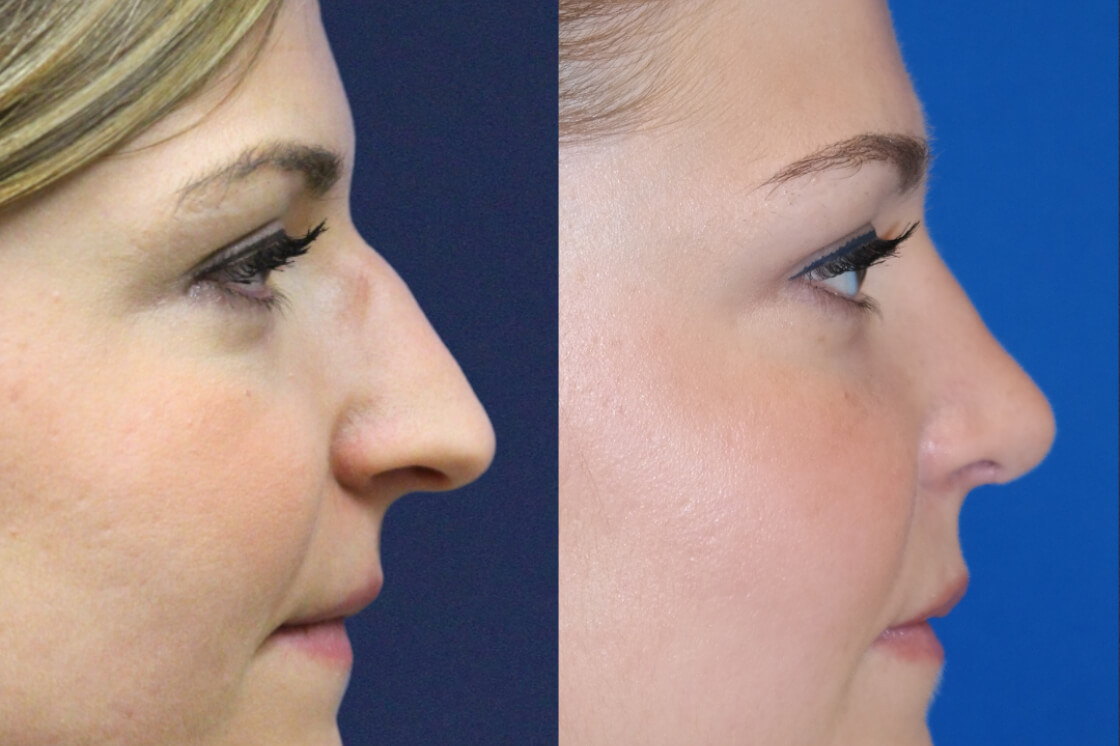Aging is inevitable, but how your skin ages? That’s up to you.
Collagen is the structural protein that keeps skin firm, smooth, and youthful. It provides the foundation for elasticity, but starting in your mid-20s, collagen production begins to decline by about 1% per year. Over time, this leads to fine lines, wrinkles, and skin laxity, with external factors like UV exposure, stress, and diet accelerating the process.
Collagen banking is the proactive strategy of preserving and stimulating collagen before visible signs of aging appear. Instead of waiting to correct volume loss and sagging, this approach helps keep skin strong, resilient, and naturally lifted for years to come.
The key? A combination of in-office treatments, medical-grade skincare, and targeted lifestyle choices that work together to stimulate new collagen while protecting what you already have.
Contents
Why Collagen Banking Works
Collagen loss happens gradually, but by your 30s and 40s, its effects become more noticeable—skin starts to lose firmness, elasticity, and natural volume. Without intervention, this process continues, leading to deeper wrinkles and sagging.
Collagen banking is about building a reserve of collagen early, so your skin stays firmer and more youthful for longer. This isn’t about reversing aging overnight but investing in long-term skin health with science-backed treatments.
Collagen banking involves:
- Stimulating collagen production with in-office treatments like Ultherapy, RF Microneedling
- Maintaining collagen levels with injectables such as Sculptra and Radiesse
- Protecting existing collagen through medical-grade skincare like SkinMedica TNS, sun protection, and nutrition
Best In-Office Treatments for Collagen Banking
The most effective way to stimulate collagen is through treatments that trigger the body’s natural repair process. These work by creating controlled micro-injuries, applying heat energy, or using biostimulatory injectables to boost collagen production over time.
Ultherapy: The Gold Standard for Non-Surgical Skin Tightening
- Uses focused ultrasound energy to target deep layers of the skin, stimulating new collagen and elastin as well as reinforcing existing collagen framework
- Lifts and tightens areas prone to sagging, including the jawline, neck, and décolletage
- Non-invasive with no downtime, and results continue improving over three to six months
RF Microneedling: Deep Collagen Remodeling
- Treatments like Sylfirm X, Exion, and Morpheus8 enhance traditional microneedling by integrating radiofrequency (RF) energy, amplifying collagen production, skin tightening, and deep tissue remodeling for more dramatic and long-lasting rejuvenation.
- Improves skin texture, fine lines, and under-eye crepiness
- Ideal for those looking to tighten skin and boost elasticity without adding volume
Injectables That Stimulate Collagen
- Sculptra, Radiesse and PDGF+ are biostimulatory injectables that trigger natural collagen production over time
- Unlike traditional fillers, these provide long-term structural support over time rather than immediate volume
- Best for maintaining youthful contours and correcting a hollowed appearance
Laser Treatments: Advanced Collagen Stimulation & Resurfacing
Sciton laser treatments offer multi-depth collagen remodeling through targeted light and resurfacing treatments:
- BBL HERO (BroadBand Light Therapy) delivers intense pulsed light (IPL-like technology) to stimulate collagen renewal, correct pigmentation, and improve skin elasticity over time
- NanoPeel and MicroPeel are superficial laser treatments that gently remove damaged skin layers while stimulating new collagen production, resulting in smoother, brighter, and more refined skin texture.
- ProFractional Laser triggers deep collagen remodeling by creating micro-injuries that promote tightening, texture refinement, and wrinkle reduction
These treatments can be tailored for mild surface renewal (NanoPeel) or deeper collagen remodeling (ProFractional), making them a versatile addition to a collagen banking regimen.
Regenerative Treatments for Collagen Renewal
In addition to energy-based devices, regenerative therapies use growth factors and bioactive compounds to accelerate skin repair and enhance collagen production at the cellular level.
- PDRN (Salmon DNA): A powerful skin-healing and collagen-boosting treatment derived from DNA molecules that promote tissue regeneration and repair
- PDGF (Ariessence Pure PDGF+): Platelet-derived growth factor therapy that enhances collagen formation, wound healing, and post-procedure recovery
- Exosome Therapy: Cell-signaling molecules that boost collagen synthesis, improve skin texture, and enhance the effects of microneedling, lasers, and injectables
These regenerative treatments can be combined with RF Microneedling, Sciton lasers, or injectables for enhanced collagen stimulation and faster recovery.
Lifestyle Factors That Protect Collagen
While treatments stimulate new collagen, daily habits play a major role in maintaining your skin’s structural integrity.
Sun Protection: The #1 Cause of Collagen Loss
- UV exposure breaks down collagen faster than any other environmental factor
- Daily SPF 30–50 is essential to prevent premature aging
- Antioxidants like Vitamin C and Niacinamide help counteract sun damage
Does Diet Affect Collagen? Absolutely.
- Protein-rich foods (chicken, fish, eggs) provide the amino acids needed for collagen synthesis
- Vitamin C, zinc, and copper help support natural collagen production
- Collagen supplements? Some studies suggest hydrolyzed collagen peptides can improve skin hydration and elasticity, but they’re not a replacement for treatments
Sleep and Stress Matter More Than You Think
- Chronic stress increases cortisol, which accelerates collagen breakdown
- Deep sleep is when the skin repairs and regenerates collagen
Myths About Collagen Banking, Debunked
“Collagen creams can replace lost collagen.”
Collagen molecules are too large to penetrate the skin. What actually works? Retinoids, peptides, and growth factors like PDGF, which stimulate collagen production at a cellular level.
“Once you lose collagen, you can’t get it back.”
While collagen loss is a natural part of aging, treatments like Ultherapy, RF Microneedling, and Sculptra can actively trigger new collagen growth, effectively reversing some of the loss.
“You only need collagen banking if you’re over 40.”
The earlier you start, the better your results. Collagen preservation begins in your 20s and 30s—long before deep wrinkles appear.
When Should You Start Collagen Banking?
- Mid-to-late 20s: Early intervention treatments like RF Microneedling, combined with topicals like exosomes and PDRN.
- 30s–40s: Maintenance with collagen-boosting injectables like Sculptra, Radiesse or PDGF, plus annual skin-tightening treatments like laser resurfacing or Ultherapy.
- 50s and beyond: A combination approach to support deeper collagen loss and maintain structure.
A Proactive Approach to Aging Well
Collagen banking isn’t about chasing youth—it’s about preserving skin strength, elasticity, and radiance for years to come.
During your consultation, we will develop a customized plan that includes the right mix of in-office treatments that make a significant difference in how your skin ages.Ready to future-proof your skin? Schedule a consultation to learn which treatments are best for your skin’s needs.





